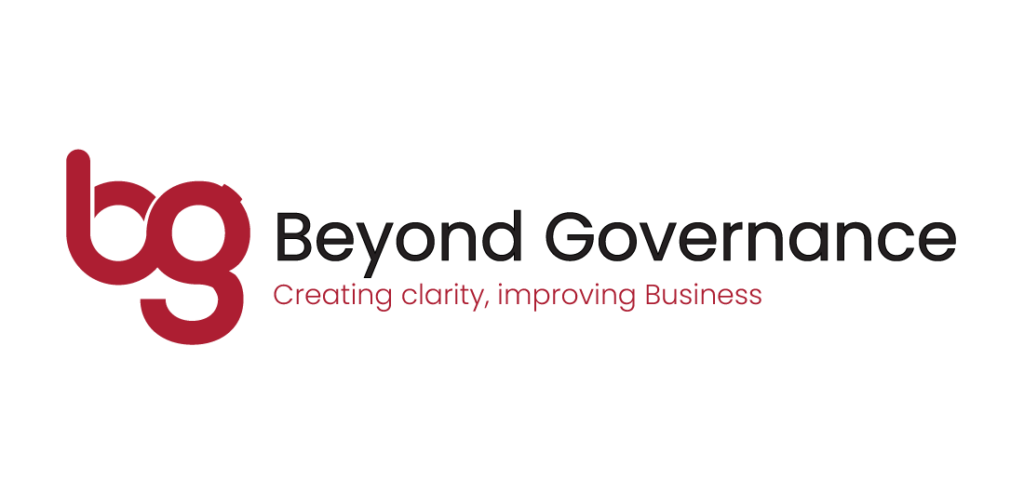Governance Professionals spend a great deal of time working with directors and in board meetings. Most people in an organisation do not have this level of exposure or contact with the board and its operations. This is why those that are new to the boardroom, either as a presenter, attendee or potential new director, need your help.
We all know that at a board or committee meeting, the Governance Professional’s main task is to take the minutes. This is extremely challenging in itself and a skill that takes time and dedication to master – there are no short cuts. However, meeting management is also important. Assisting the presenters is a key part of this.
Whereas it is your job to assist the chair in making sure that the meeting flows properly, this doesn’t mean that you have to do everything yourself – you can’t. For example, make sure that the IT people are available to support the technology and the presenters’ needs. You already have enough to do. If you need help, ask for it. A Chartered Governance Professional should not be responsible for the tea and coffee in 2022.
A Company Secretary’s main role is to support the decision making in an organisation and this means helping the directors make better decisions (although not necessarily the right ones all the time). As a Governance Professional, you are already a facilitator and influencer. You can utilise and share these skills to help those in your organisation who aren’t familiar with board meetings, corporate governance or the decision-making process.
How do you do this?
Start by having a conversation about the purpose of the meeting, the personalities involved and the meeting mechanics, logistics and timings. Don’t assume people will automatically know this.
Most people in an organisation have never met the board and if you have external non-executive directors, they may well be completely unknown. It might be appropriate to make introductions either in advance of the meeting or on the day. In any event, you will need to explain who these people are, what they do and what makes them tick. People new to the boardroom are often most interested in the personalities in the room and how they can be influenced and persuaded to say “yes” to what is being proposed. Knowing your audience is key.
The language of the boardroom is challenging for many. As a Governance Professional, you will be fluent but many people will not be familiar with the terminology used and processes referred to so tell them.
Everyone attending a meeting is there for a reason. Time shouldn’t be wasted and capacity to do things is limited. Whereas the boardroom should be a safe environment, but it shouldn’t be a comfortable one. People must expect and be ready for challenge. To help them, offer to provide feedback on a dry run or dress rehearsal of their presentation. Preparation and practice are essential.
Bear in mind that no one wants anyone to fail – support and engagement will be available, therefore. The Governance Professional can help people tap into this resource whilst remembering that it is limited!
If you are given enough notice, assess where the presentation should come on the agenda. Again, what is required? The human mind is only able to make up to three complex decisions in anyone meeting so do not overload the board. Maybe this is one presentation too many for a particular meeting and will need to be deferred. The ability to judge this comes with experience and sometimes over eager contributors need pushing back.
Don’t bore them. Directors will have read the pack so don’t need presenters to regurgitate a report and it will annoy them if anyone does. Pick out the highlights and try to anticipate any questions that might be asked. Presenters can also ask for questions in advance as an effective director will want people to be prepared, not put on the spot and stumped. This will only delay the decision.
Clarity. What does the presenter need from the directors? A decision? If you are not sure yourself, the directors won’t be either. Also, what’s the background? Has this report been requested? What’s it for? What will the chair want to do? No one will understand this better than the company secretary.
Not everyone understands the importance of body language and empathy. Soft skills are important in the boardroom for all participants. Encourage the speaker to engage with eye contact and read the room. Are people listening and attentive or are they bored and restless?
People don’t necessarily understand that meetings are confidential and what’s discussed should not be repeated outside with colleagues. Discretion is the watch word.
After the meeting, when you are drafting the minutes, the presenter (who you’ve helped) will now be able to help you with any technical or specialist detail that might need to be captured. By helping someone develop and learn new skills, they hopefully won’t forget you when you have a need and it’s their turn to help. Corporate governance is all about people and relationships, after all.
Minutes are also a key part of an organisation’s corporate memory. The Company Secretary will make sure that all questions, follow up actions and further approvals are actioned.
An effective Governance Professional is a key enabler for the decision-making process but this is not simply administration. There are plenty of activities that only someone skilled in governance can do, that is how the Governance Professional adds value and makes a difference not just to the organisation itself but to the people inside it too. Use this influence and insight to raise your profile. Who knows where it might lead?




